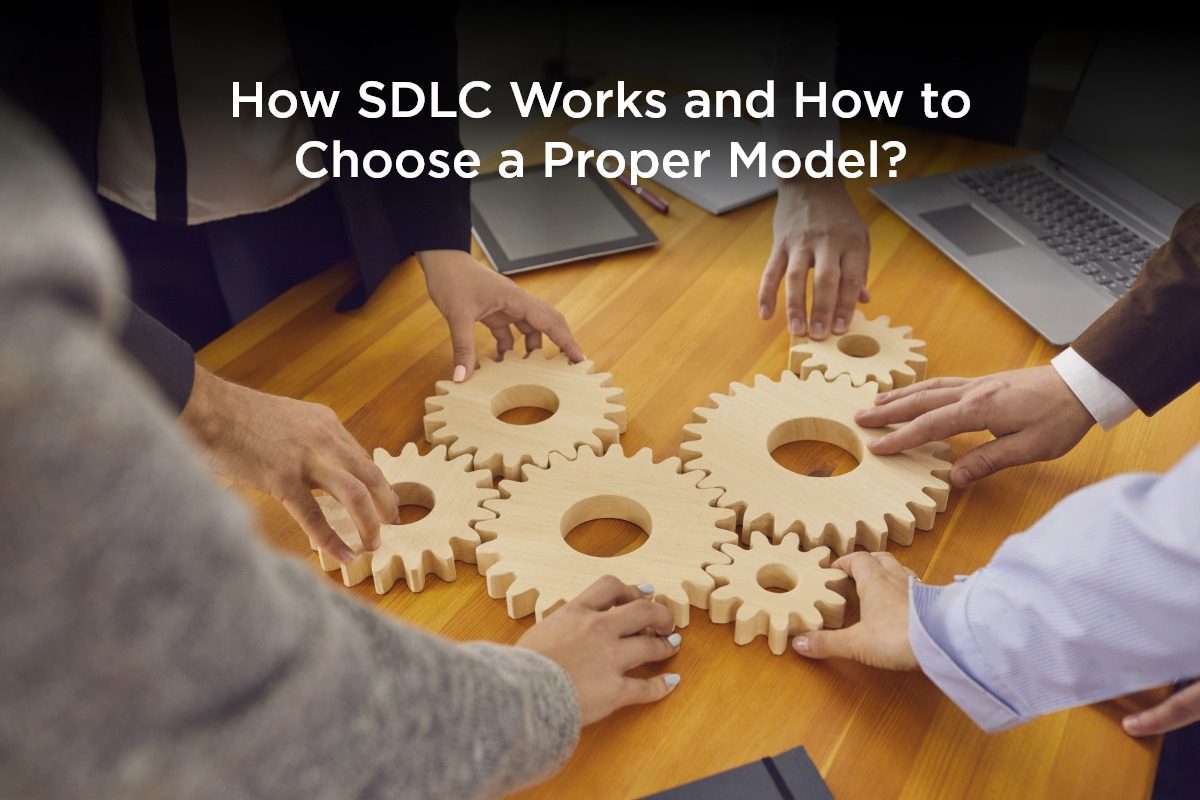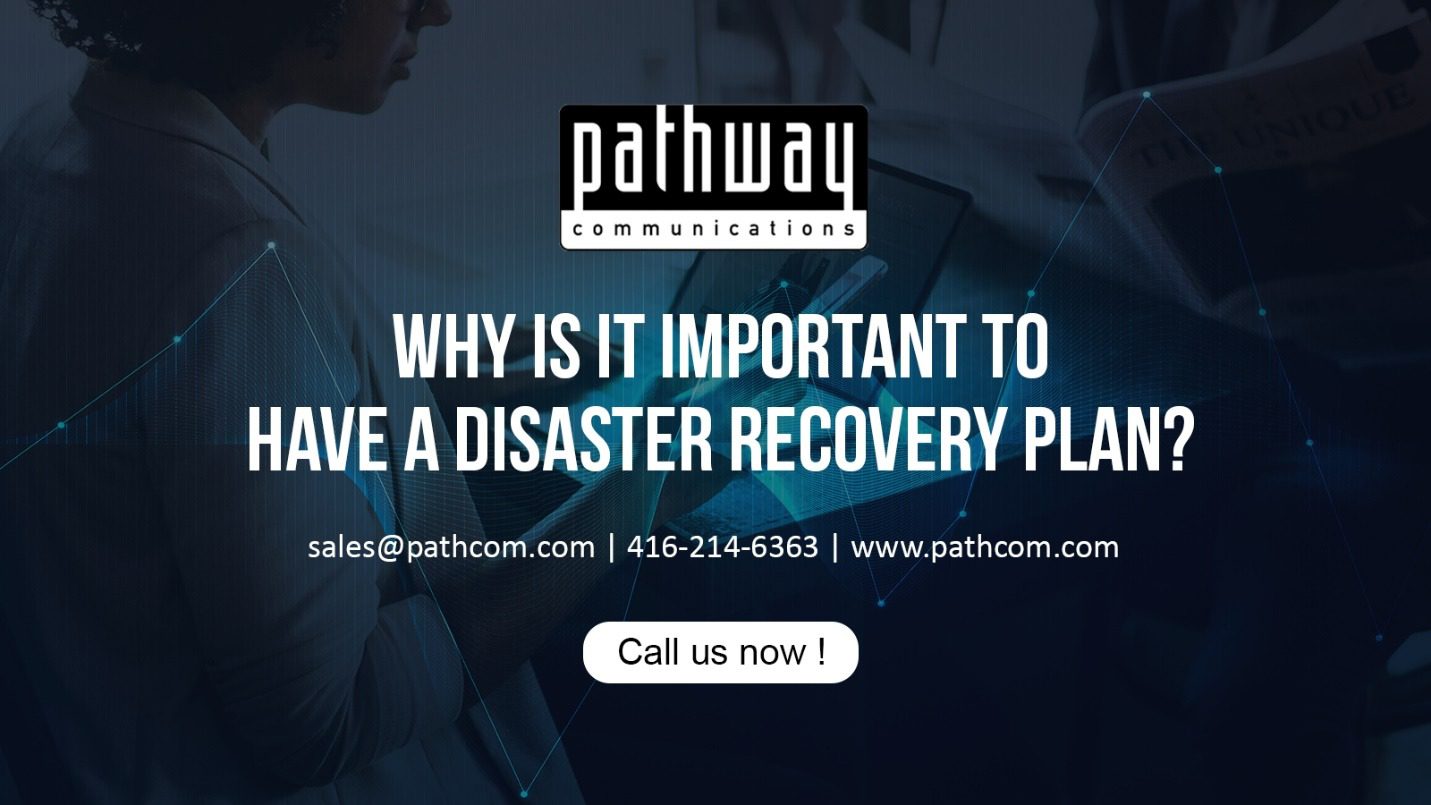What Exactly Is the Software Development Life Cycle? (SDLC)

SDLC entails a predefined set of actions that must be completed in order to produce a new software product or upgrade an old one. Software development businesses select an SDLC model based on the requirements of a project and adhere to it throughout the process. A methodical strategy provides high software quality, delivers cost-effectiveness and optimises workflow.
What Is Its Importance?
SDLC models come in a range of shapes and sizes. You may not be familiar with all of them, but if you’ve heard of Waterfall or Scrum, you have a broad idea of what a software development life cycle might look like. A well-chosen SDLC approach can assist managers & firms providing custom software solutions in improving software quality while reducing development time. It is possible to achieve this by adhering to a well-defined strategy that eliminates some of the hazards that are common in software projects.
SDLC done correctly can simplify things not only for managers but also for all other team members. The software development team will have a clearer understanding of what activities they must work on when tasks must be done, what deliverables must be produced and how overall and personal success will be monitored. When you select a specific SDLC model to use, each stakeholder agrees on the primary goals and has a clear plan for attaining them.
There are dozens of SDLC methodologies and each one is better suited to certain types of projects. Despite this, nearly all of them have the same important periods. Their names may alter from one corporation to the next, but the meaning behind them remains consistent.
How to Select the Appropriate SDLC Model
Educate Yourself About SDLC Models
When it comes to utilisation, all SDLCs are identical; therefore, in order to choose the correct technique for you, you must have sufficient knowledge and expertise with them. As previously said, SDLC models are analogous to instruments that are comparable yet fit into diverse situations differently. It’s similar to a carpenter’s job in that if he doesn’t know how to use the tool appropriately, he may end up messing things up and losing time, money and resources. Hence approaching any reputed company providing custom software solutions may be beneficial.
Needs Assessment of Stakeholders
The assessment of stakeholder needs is crucial for the success of any process. Analysing their business priorities, issues, domain, technological limits, technical talents and competencies and business requirements is essential for selecting the best software development lifecycle model. This will aid in the development of selection criteria for the following stage.
Establish Selection Criteria
You can use a variety of selection criteria to select SDLC depending on the situation and the elements described above; for example, to identify the right SDLC model for you, we recommend you ask yourself these questions.
- Will the SDLC we choose be appropriate for our team’s skills and size?
- Will the SDLC that we choose be applicable to the technologies that we intend to implement?
- Will the SDLC we choose be able to handle the complexity and size of our software product efficiently?
- Will the SDLC chosen effectively address our stakeholders’ and clients’ needs and concerns?
- Will the SDLC we choose be appropriate for our project?
- Will the SDLC we choose be appropriate for our technical skills and software engineering abilities?
- Will the SDLC chosen be suitable for quality assurance and project risk?
Choose & Decide
The following is an example of some recommended criteria; however, you can always add new criteria that are relevant and applicable to your project scope.
| Factors | Waterfall | V-Shaped | Evolutionary Prototyping | Spiral | Interactive | Agile |
|---|---|---|---|---|---|---|
| Uncertain User Requirement | Poor | Poor | Good | Excellent | Good | Excellent |
| Unusual Technology | Poor | Poor | Excellent | Excellent | Good | Poor |
| System of Complexity | Good | Good | Excellent | Excellent | Good | Poor |
| System Reliability | Good | Good | Poor | Excellent | Good | Good |
| Time Restriction | Poor | Poor | Good | Poor | Excellent | Excellent |
| Cost Restrictions | Poor | Poor | Poor | Poor | Excellent | Excellent |
Optimise
You can always optimise your selected SDLC model throughout the execution process if you notice any modifications ahead of time that you believe would conflict with your SDLC. As a result, it is quite acceptable to align your SDLC to accommodate these changes. You can create a customised SDLC model that is best suited to your business type or project scope.
Conclusion
A thorough understanding of software development life cycle models can be beneficial to anyone who wishes to create excellent software while making the best use of available resources. Because your company is one-of-a-kind, your project will be as well. There are numerous SDLC models to choose from and each of them represents these characteristics, allowing developers & custom software solutions firms to boost the development pace while decreasing the chance of risks. A well-chosen SDLC model will assist you in swiftly determining the current state of your project and determining the potential for development process enhancements.
Author Bio:
Arjun Solanki is a Business Growth Strategist at a Leading Software Development Company. He has experience in developing and executing digital strategies for large global brands in a variety of business verticals. Apart from working on a long-lasting relationship with customers and boosting business revenue, he is also interested in sharing my knowledge on various technologies and its influence on businesses through effective blog posts and article writing.








